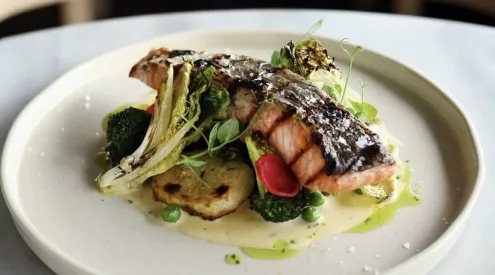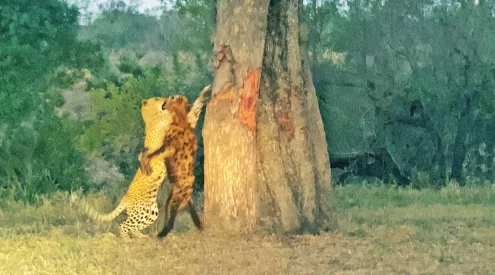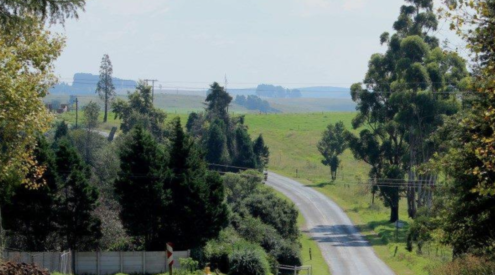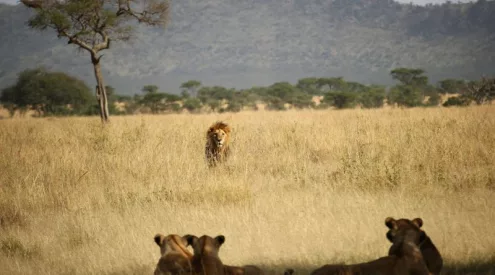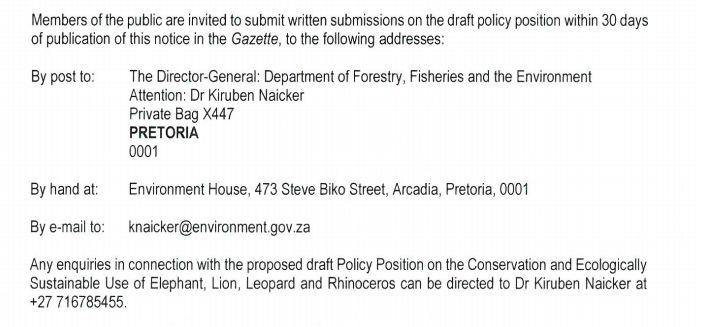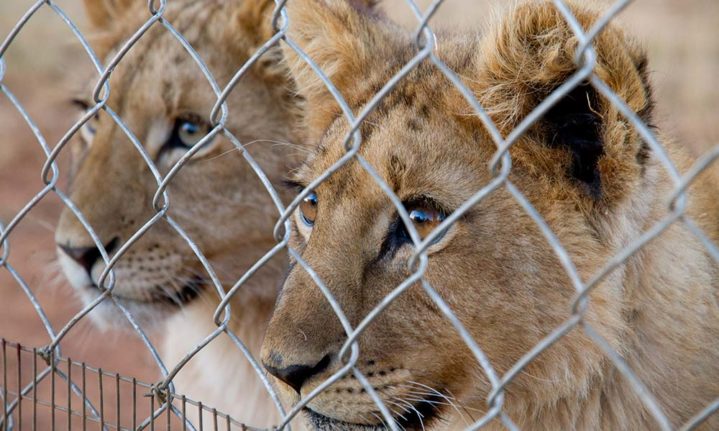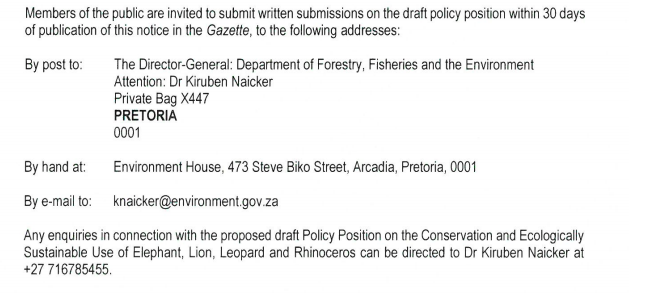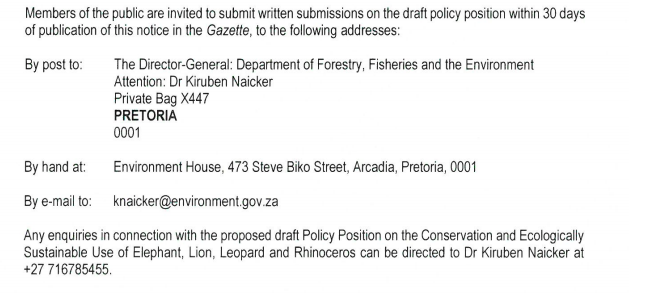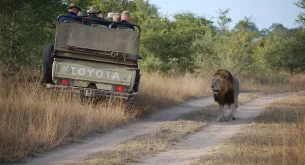The Department of Forestry, Fisheries and the Environment (DFFE) has gazetted a draft policy on 28 June in another step towards putting an end to the captive breeding of lions.
This document is based on the recent High-Level Panel report and its recommendations and is now open for public comment until 27 July.
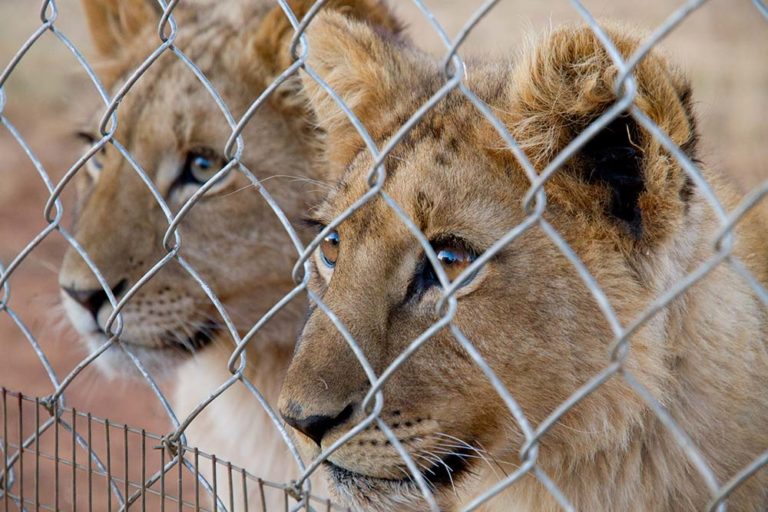
The recent government gazette on the “Draft Policy on the Conservation and Use of Elephant, Lion, Leopard and Rhinocerous” included reviews and policy interventions on matters of management, breeding, hunting and handling of elephant lion, leopard and rhino.
Of significance is the proposal of three main policy interventions, one being to halt the domestication of lions and the commercial exploitation of captive lions, and put an end to captive lion facilities. This will affect the trophy hunting industry, with the gazette reading that “trophy hunting is under increasing scrutiny and all activities related to it.”
The publication of the draft will be well received, pointing to developments in the initial announcement made by Environmental Minister, Barbara Creecy on 3 May. The draft proposes three main policy interventions, one being to halt the domestication of lions and the commercial exploitation of captive lions, and establish a process to close captive lion facilities.
Blood Lions, a non-profit organisation that vehemently opposes the captive breeding and hunting of lions, revealed in their research on the captive lion industry that in 2019 there were 366 official captive facilities, including 97 captive hunting facilities and only 10 sanctuaries. Hunting trophies amounted to 8 855 being exported between 2008-2017 and 1 895 live lions during the same period.
The gazette was blatant in repudiating the captive breeding of lions with its first paragraph reading that the industry “negatively affect[s] the country’s conservation reputation and do not bode well for the country’s international standing and development objectives” and that “the captive lion industry does not contribute meaningfully to transformation, or to the conservation of wild lions.”
The other two policy interventions the gazette mentions is to reverse the domestication of rhino and enhance the conservation and sustainable use of leopard.
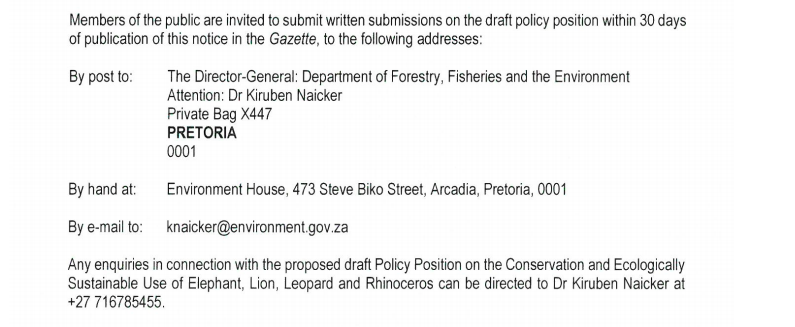
Also read:
Also read:
Picture: Blood lions

